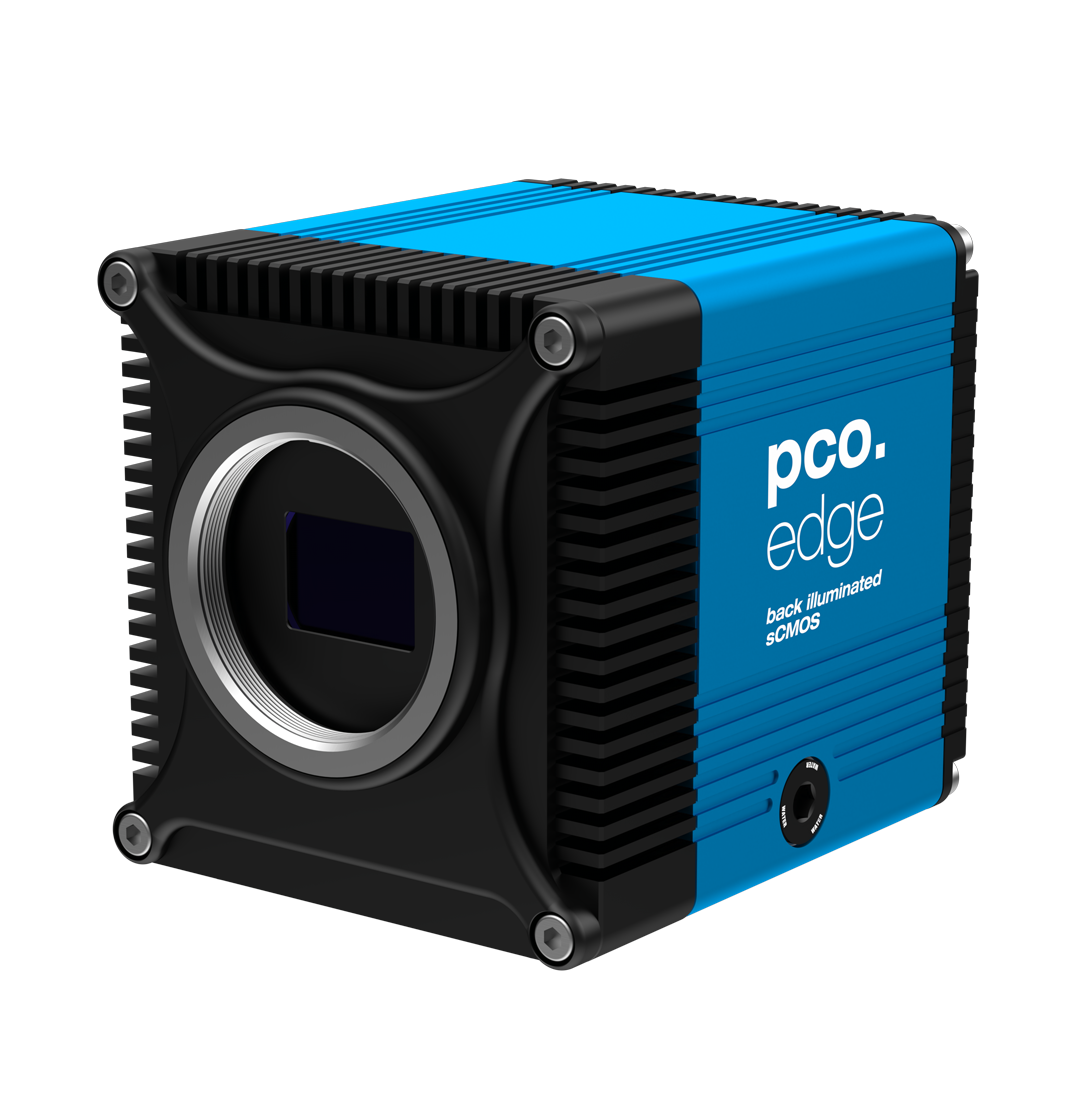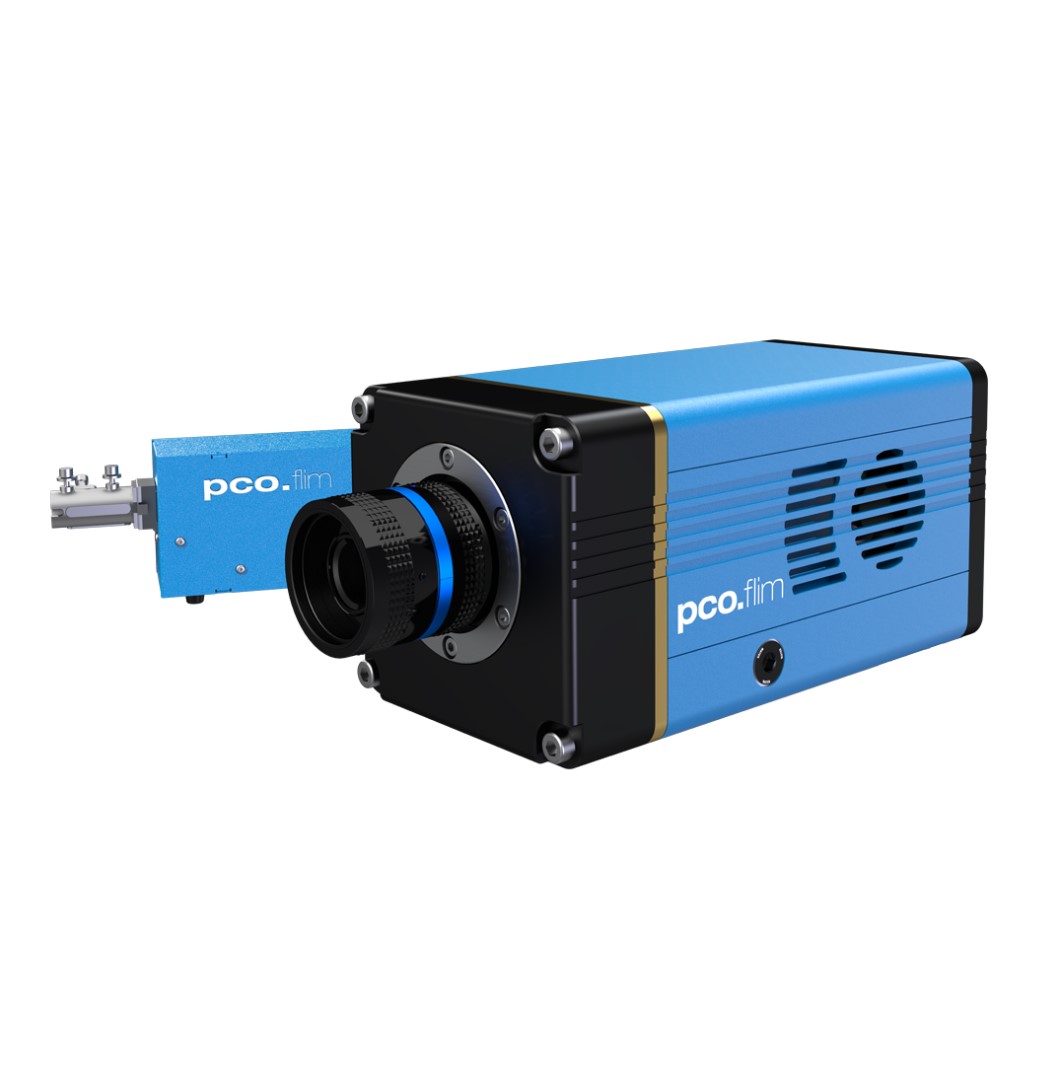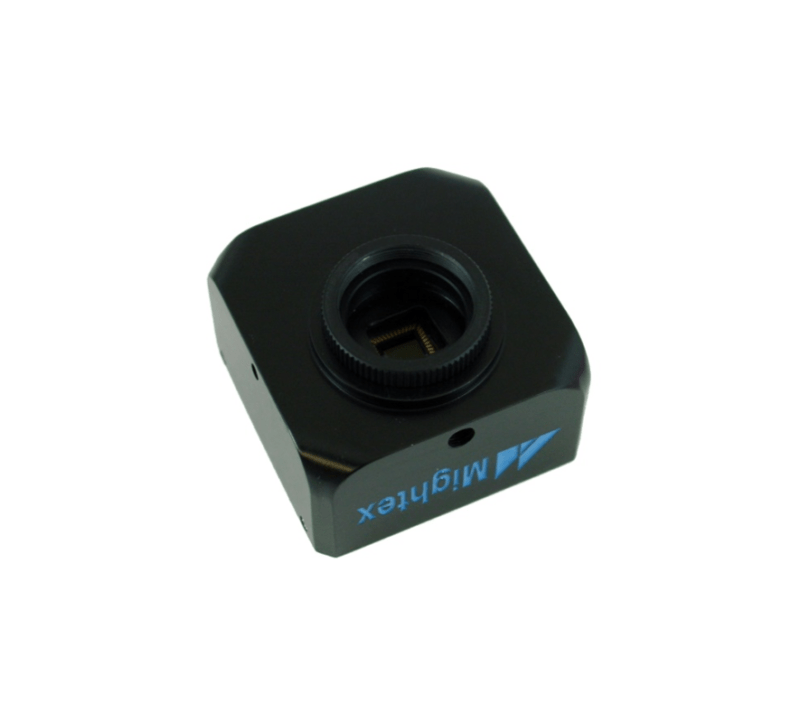CCD and CMOS Cameras
Product Portfolio
Recognised for their high performance, our CCD, CMOS and line scan cameras utilising USB technology are optimized not only for machine-vision but can also be used for a wide variety of other applications such as digital microscopy, medical imaging, astronomy, where quality, ease of use and cost-effectiveness are crucial.
We are committed to providing our customers with the most efficient product solution, aggressive pricing and prompt support. Get in touch with the AMS Technologies camera experts to discuss your camera solution tailored to your project’s requirements.
CCD Cameras
Compact 1.3 MP and 1.4 MP CCD cameras with USB 2.0 interface and frame buffers are offered as board-mounted or enclosed models for colour or B/W operation, optimized for a wide variety of applications, including machine-vision, digital microscopy and medical imaging. Depending on the resolution, frame rates up to 20 fps and even as high as 66 fps can be achieved.
Cost-effective, high-performance, B/W line CCD cameras with external trigger are also available, based on single-line CCD chips with USB 2.0 (480 Mbit/s) interface. These compact line-scan cameras are ideal for a variety of OEM applications such as industry process control, optical spectroscopy and bio-medical imaging – available as “naked” board-level device or pre-mounted in an enclosure. Accessories for our CCD line cameras include F-mount lens adapters, mechanical adapters and connection cables.
CMOS Cameras
If you are looking for very compact CMOS camera solutions, have a look at our range of CMOS cameras with USB 2.0 or USB 3.0 interface, available with sensor sizes from 0.36 MPixel up to 5 MPixel and 8 to 12 bit resolution, optimized for a wide variety of applications, including machine-vision applications, digital microscopy and medical imaging. Bus-powered cameras are available as well, eliminating the need for external power supplies.
Depending on the resolution, frame rates from 3 fps up to 600 fps are achievable, dedicated high-speed cameras even reach over 1600 fps. These camera modules are offered as board-mounted or enclosed models for colour or B/W operation. They can be provided in windowless versions, particularly useful for applications that are sensitive to multiple reflections due to the existence of the glass window in front of the CMOS sensor.
Accessories
AMS Technologies offers a varied array of accessories for our CCD and CMOS cameras. The accessory portfolio includes M12 lens mounts, camera lens mount adapters, cables and brackets as well as dedicated optical filters.
Related Products
Within our range of camera solutions, we provide also specialized infrared camera series as well as specialized line camera series for x-ray applications.
Complementing the camera offerings, AMS Technologies carries a large portfolio of optics assemblies with a strong focus on thermal imaging, but also various kinds of illumination solutions ranging from LED spotlights and collimated light sources, SLED modules and light sources, LED drivers and controllers, broadband, ASE and supercontinuum light sources all the way to laser systems.
Definition
CCD cameras are based on a CCD sensor (charge-coupled device) that contains a matrix of interconnected capacitors. These capacitors convert incident photons into electrical charge with high sensitivity and accuracy. The CCD allows this charge to be transferred to the respective neighbouring capacitor, thus enabling the optical (image) information to be read out sequentially.
CCD cameras have been the first technology available for semiconductor-based cameras with electronic output. The main advantage of CCD technology is a high fill factor of the picture elements on the CCD chip resulting in high sensitivity, and a good signal-to-noise ratio. The main disadvantage is the relatively high price of the technology due to the special manufacturing processes needed for its production.
In contrast to their CCD counterparts, CMOS cameras are based on a CMOS image sensor in which each pixel can be controlled line by line or row by row, as the individual voltages of each CMOS element can be read out in parallel and not only sequentially as with the CCD sensor.
Due to this different technique, it is possible to read out only partial areas (regions of interest) on the CMOS sensor array and thus selectively and significantly increase the frame rate. In addition to this advantage, the sensor of a CMOS camera is in principle cheaper to produce, as it can be manufactured using the standard CMOS processes of the semiconductor industry.
A disadvantage of this technology is a lower fill factor due to the at least three, but in modern CMOS sensors also more transistors, enabling the parallel access to each pixel but also covering chip area next to each pixel. This lower fill factor also results in lower sensitivity. However, due to ongoing advances in the development of CMOS sensors, CMOS cameras have been able to compensate most of the technical trade-offs and now dominate the market compared to CCD cameras.
Alternative Terms: CCD Sensor; CCD Sensor Camera; Charge-coupled Device; CMOS Sensor; Active Pixel Sensor; Active Pixel Camera; Line Camera















